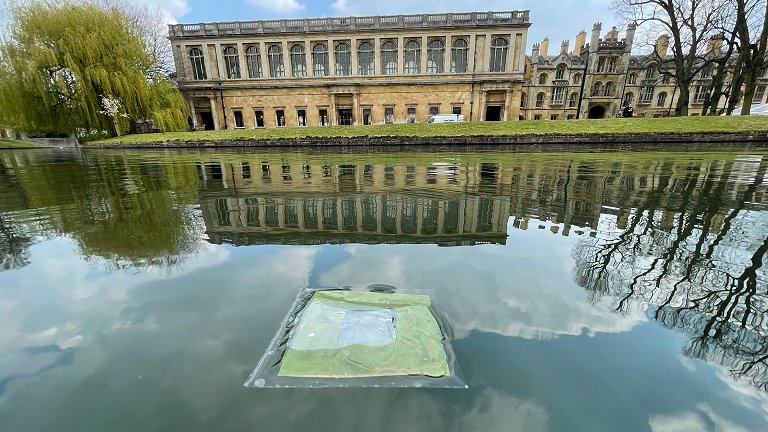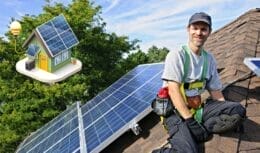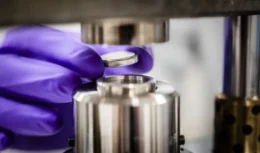
UK scientists have developed an artificial leaf capable of generating clean fuel using solar energy. The product could be a breakthrough in the solar sector.
The field of artificial leaves, capable of carrying out artificial photosynthesis, gained another essential member: the first aquatic artificial leaf. This sheet can generate clean fuel using solar energy and water, the first tests, carried out near a river at the university of Cambridge, in the United Kingdom, showed that the leaves can convert sunlight into clean fuel as efficiently as the leaves of real plants.
Artificial leaf takes advantage of several innovations

This is the first time that a clean fuel is generated in water, and if the process can be expanded, the artificial leaves can be used in polluted waterways, in ports or even in the sea, dams and lagoons.
The artificial aquatic leaf that generates clean fuel is the result of years of study and dedication by Professor Erwin Reisner's team, from the University of Cambridge, in the United Kingdom, which operates in the production of various fuels using solar energy. In fact, the artificial leaf takes advantage of several of the team's previous innovations, including an artificial leaf that generates syngas, a solar-powered reactor that generates clean fuel, and even a new form of semi-artificial photosynthesis.
According to Reisner, the studies were aimed at proving to what extent it is possible to grind the materials used by these devices, without affecting their performance. If it were possible to mitigate the materials enough so that they are light enough to float, this would open up new possibilities for using these artificial leaves.
Artificial leaf is a thin film
The solar reactor the team developed earlier generates clean fuel from sunlight, CO₂ and water by combining two light absorbers with the appropriate catalysts, however it needs glass substrates and moisture-protective coatings, making the device bulky.
Researcher Virgil Andrei, a member of the team, found inspiration in the electronics industry and its relentless pursuit of miniaturization, which is currently using an emerging type of semiconductor, called perovskite, transformed into thin films to develop flexible and transparent electronic circuits.
What happens is that the perovskites can generate excellent solar cells. It was then enough to cover an artificial sheet of perovskite with very thin layers of carbon, however sufficient to repel water, keeping the material that absorbs solar energy safe from any moisture. And that thin film replaced all the active thick part of the original solar reactor.
Scientists seek to demonstrate the robustness of technology
Tests carried out with the new artificial leaf that generates clean fuel showed that they can split water into hydrogen and oxygen, or reduce carbon dioxide into synthesis gas, in the same way as the original reactor.
This study shows that the artificial leaves are compatible with the techniques currently used for manufacturing, showing a great step towards the automation and expansion of the production of clean fuel from the sun.
According to Andrei, these sheets combine the benefits of most solar energy fuel technologies, bearing in mind that they achieve the low weight of powder suspensions and the high performance of wired systems.
The researchers' mission now is to show the robustness of the technology, which must operate for long periods without being handled, and to develop efficient ways of collecting the clean fuel, possibly solar hydrogen, generated by future floating panels.











